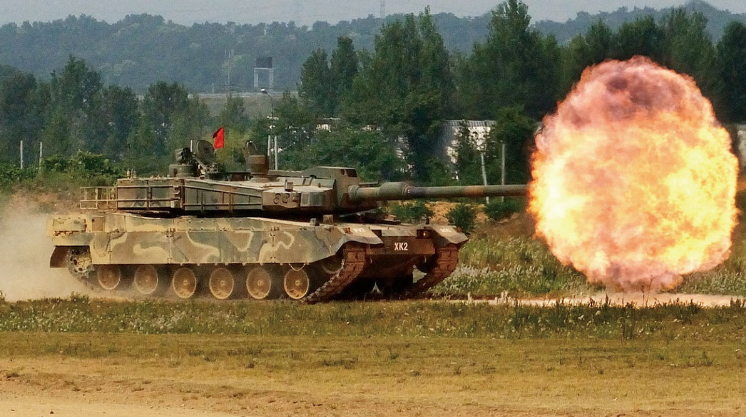What Would Happen if North Korea Explode a Nuclear Weapon?

Dozens of missiles take flight.!
For many years, the world had heard just warnings, but most doubted the day would ever come. Most fall before allied defenses, but just one missile finds its mark — it’s the one that truly matters most. In a flash, hundreds and thousands, possibly millions of people can perish.
Would North Korea shoot off a nuclear weapon? No one knows and that is certain, but what we do know is that the current scenario is exactly what an increasingly-powerful North Korea has been threatening for the decades. While the Kim Jong Un regime may have previously lacked the necessary weaponry, the North Korean now has the kind of capabilities to turn at least some of its threats into action.
The America and its East Asian allies have strategic defense assets in right position, but war is full of doubt. “People think missile defenses are a magic wand like the photoshop. But They aren’t,” Jeffrey Lewis, a renowned top rated arms expert, told The Daily Caller News Foundation (TheDCNF).
Here’s what happens if the North fire off the missile.
What Would Happen If A Launch Seems Imminent?
The U.S. and its allies are by no means unprepared for a North Korean nuclear attack.
The U.S. and South Korea both have preemptive strike plans for a situation in which a North Korean nuclear attack seems very near, and while Japan is considering new options, it still relies heavily on the U.S. defense.
South Korea has a three-stage defense system for nuclear attack, the first stage of which is a preemptive strike option designed to eliminate the North’s offensive capabilities. The “Kill Chain” preemptive strike system detects signs of an impending nuclear missile launch and strikes the North’s nuclear weapons sites and missile bases with cruise missiles and other latest weaponry.
The U.S. and South Korea also have a joint response plan, Operations Plan (OPLAN) 5015.
While the specifics for OPLAN 5015 are classified, the plan is believed to shorten prior contingency plans, specifically OPLAN 5029 (internal instability in North Korea), OPLAN 5027 (preparations for an all-out war), and a peacetime plan involving localized nagging from North Korea. OPLAN 5015 is suspected to call for pre-emptive strikes on the North Korean essential military facilities and weapons, and possibly North's leadership.
In the event that a nuclear missile strike seems close, allied forces might try to eliminate the North’s missiles at launch. Mike Mullen, the former chairman of the Joint Chiefs of Staff, said last year that the U.S. could move to “take out launch abilities on the launchpad” if North Korea appeared ready to launch a nuclear armed-missile.
The U.S. and South Korea regularly excersize for such contingencies. For example, at the time of annual Key Resolve and Foal Eagle exercises, U.S. and South Korean troops practice a “4D” operational plan which entangle pre-emptive military options to find, disrupt, destroy, and defend against North Korean strikes. The focus is exactness strikes on the enemy’s main military facilities and weapons systems.
The challenge is that more and more of North Korea’s missiles are on movable launchers and strewn about the country. Furthermore, the Korean People’s Army (KPA) has started using solid-fueled missiles, which needs significantly less preparation time as they can be fueled in advance and need only a finite crew. Solid-fueled missiles can be fired with less warning and are much tougher to track, making them less vulnerable to pre-emptive strikes.
Another matter is that pre-emptive strikes on North Korea would be much harder to clinch diplomatically, especially if war breaks out in the consequence, which is practically very much guaranteed.
What Would Happen If The Nukes Are Already In The Air?
If a North Korean missile reaches it into the air, there are plans for that curcumstances as well.
South Korea and Japan rely on tiered missile defense system.
Stage second of South Korea’s three-stage defense system is the Korea Air and Missile Defense (KAMD) system, which is planned to intercept incoming missiles. The U.S. is leaning South Korean defense through the deployment of a THAAD battery to South Korea, a process that began after North Korea launched four missiles into the Ocean of Japan a few weeks ago.